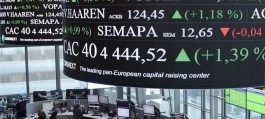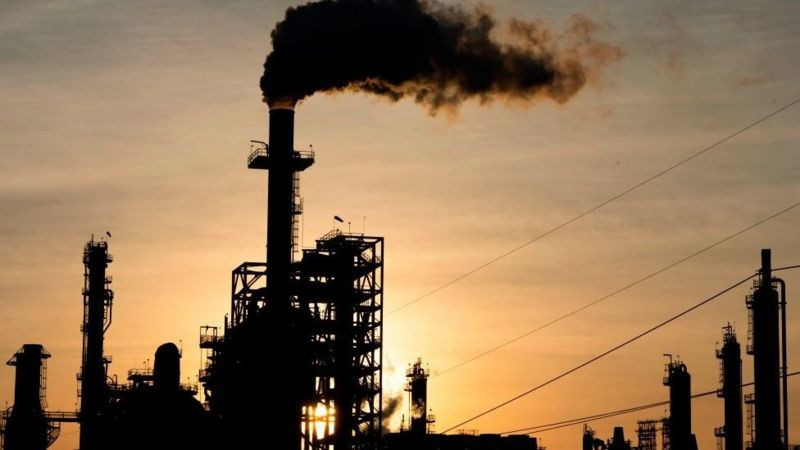Oil prices fell from their highest level in three months due to a less-than-expected drop in US crude inventories, as well as investors' assessment of the Federal Reserve's decision to raise interest rates.
WTI fell below $79 a barrel due to a decline in oil inventories of only 600,000 barrels.
However, the decline in prices was limited by the continued inventory in the largest storage center in the United States, near its lowest level since last May.
Technical factors also contributed to putting an end to the recent increase in oil prices, as crude settled in the overbought area on the RSI for 9 days, for the second day in Tuesday's session.
The rise of crude prices in recent days depended on the strength of stock markets, indicating that global oil markets are beginning to be affected by a lack of supply, in addition to the move of the Chinese leadership towards reviving economic growth rates.
China appoints Pan Gongsheng as governor of the central bank to revive the economy
Oil prices rose in July due to production cuts by the two largest members of the OPEC+ alliance, Saudi Arabia and Russia, which contributed to drying up global inventories.
The move offset the negative impact of Federal Reserve Chairman Jerome Powell's campaign to raise interest rates, which saw a rally after Wednesday's hike to a 22-year high.
However, gasoline prices began to rise globally, even with expectations of lower inflation rates.
Futures contracts rose to the highest level in nine months in New York, and its impact extended to fuel stations after the decline in supply in the global auto fuel markets.
The resurgence in gasoline prices may cause a headache for central banks as monetary policymakers grapple with the question of how far monetary tightening should be to bring inflation under control.








































